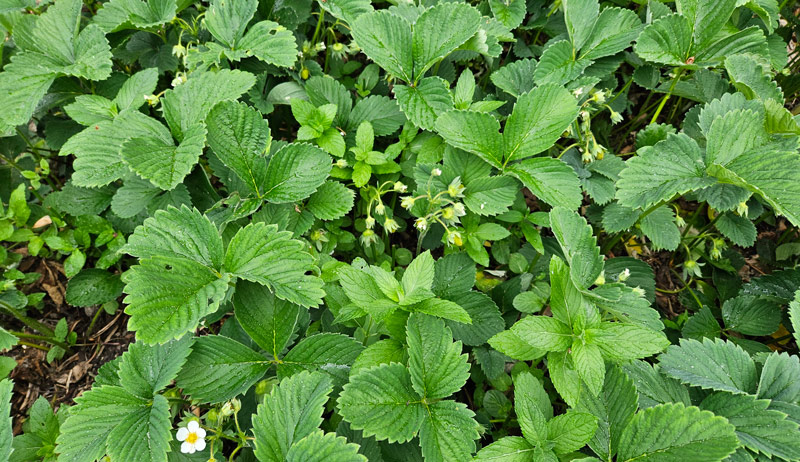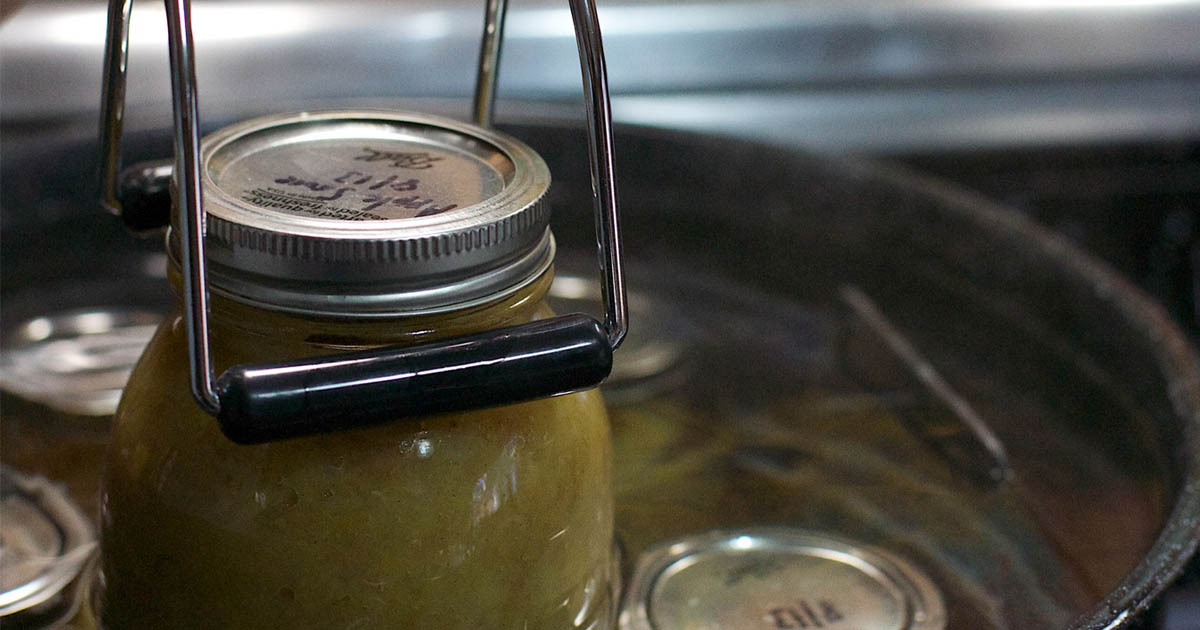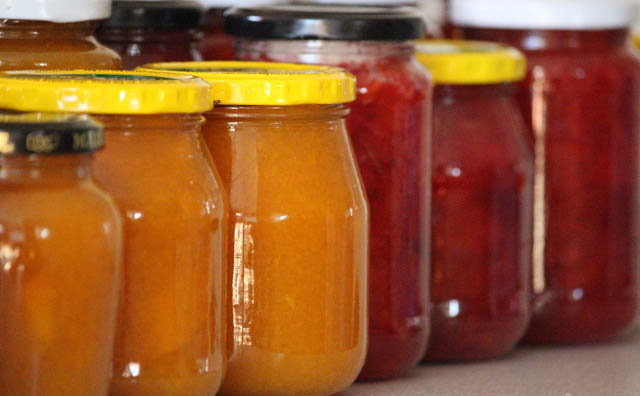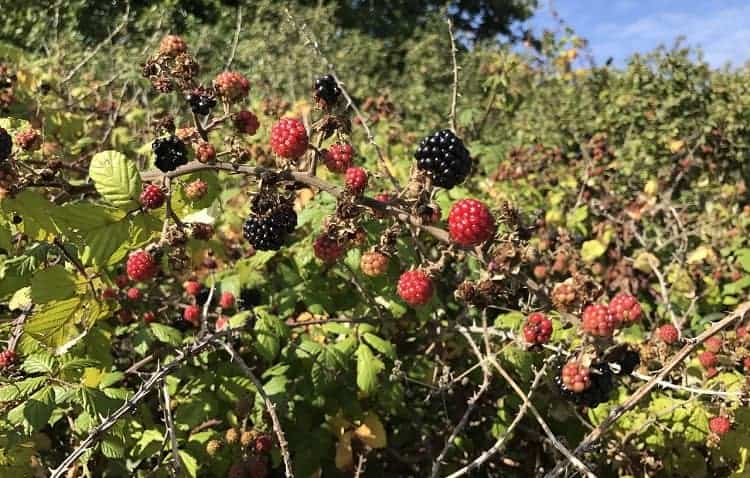In this article, I compare different livestock – Start-up costs, Continuation costs, Profits, and Contradictions.
I was not raised on a farm but when we purchased 20 acres I knew that we needed to put the land to good use. Thankfully, I have a husband who is almost as adventurous as I am so we jumped into the farm and homesteading life with both feet. God was gracious and we landed well- not very gracefully but we are surviving and even thriving in most areas!
This article will compare the different animals that we have tried to raise on our plot of Heaven on Earth, as well as the costs involved. Remember that we have only been farming for 15 years and our experiences may vary from yours. I am hoping that you will learn from our mistakes and gain some insight from our situation.
These are the animals with which we have had experiences:
Horses , Cows, Chickens – Layers, Chickens – Meat, Goose, Ducks, Rabbits (meat), Sheep, Goats – Dairy.
HORSES
We started with horses. Yep, hay burners. (For those of you who have never had these gentle giants on your property, they are called “Hay Burners” because unless you are using them for transportation, plowing, or enjoyment, then they really don’t do much except eat hay and poop.)
Although we hadn’t thought about having equine on the farm, my daughter had been praying for a free horse for several years and God heard and answered her prayers. Not only did she get a free horse, but it came with free feed and free tack and a free saddle. Who were we to turn down all that free stuff? For those who have or have had horses, you know that as soon as you get a free horse, the expenses begin.
Horses can be picky regarding the hay they eat. Right now in the mid-west, good hay costs around $8-10 a square bale. Horses also need a salt block and a mineral block. These run about $7 each at our local farm store.
Not-so-funny story about needing a salt block… Our second free horse (because horses are herd animals and we didn’t want the first one to be lonely J) was under the weather so we called the vet who came right out and determined he was dehydrated. After sedating him and shoving a gastric tube into his stomach, and filling his gut with electrolytes, I learned the importance of a $5 salt block as compared to a farm call vet bill ($160).
There is also the need for a farrier for their hooves, if you can find one in your area. In our area, they charge an average of $50 per horse (not including shoeing) and the visits are generally every 8 weeks.
And then, since horses don’t live forever, you need to consider the matter of burial. With our other (smaller) livestock we are able to transport their carcasses to the back corner of our property….














